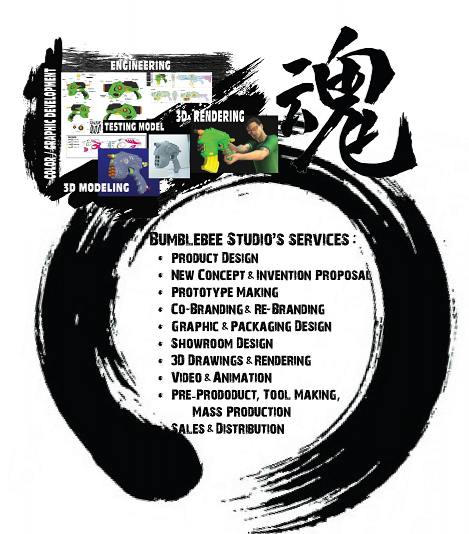

And lastly, visual interaction is critical. Having the ability to utilize images to show a concept or concept is at the core of what an item visualizer does. 3D Rendering, Render artists utilize 3D making software to produce photo-realistic images and animations. To specialize in making spectacular images, a render artist must be remarkably knowledgeable about the software application.

Therefore, a product visualizer must be a pro with one or more rendering programs. A product visualizer requires to understand fundamental design principals. More In-Depth , worth, structure, color, texture and aesthetics must be force of habit. This belongs to a poet's vocabulary. The more one knows these, the simpler it is to produce a larger variety of outstanding images.
Understanding how light behaves when it communicates with various materials is crucial. Diffuse, specular, transmission and emission homes help to define product appearance. By understanding these ideas, one can take direction and create outcomes that satisfy the clients' requirements. Throughout the procedure of creating renderings or animations, obstructions will emerge.

You may experience hardware breakdowns, software bugs or the need for non-existent software application. In some cases plugins or scripts trigger problems. Missing codecs prevail. Scene size optimization and management of heavy information sets or file format conversions are all par for the course. Basically, when you're not rendering, you're fixing or playing tech assistance.

Taste, On the other end of the spectrum of the aforementioned technical abilities is taste. Taste describes one's capability to understand what looks good. This can be from option of color palette to lighting, to graphical structure and more. Lots of people can end up being excellent service technicians and discover how to use a software application, but the ones who excel at item rendering have taste.